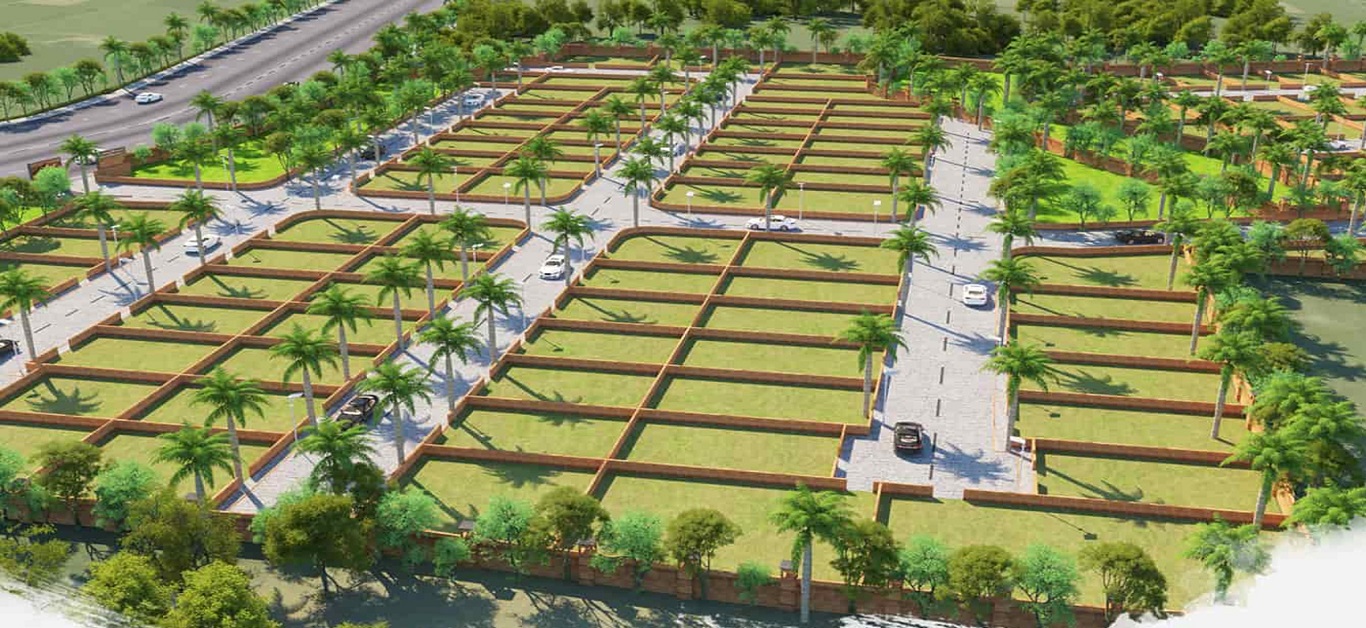When it comes to land development, one of the most critical aspects that can make or break a project is the plots layout. This seemingly technical element plays a crucial role in determining the overall success, appeal, and functionality of residential, commercial, and agricultural developments. In this article, we’ll explore the importance of plots layout, how AI is transforming this process, and what factors you should consider to ensure your project’s success.
What is a Plots Layout?
A plots layout refers to the arrangement and organization of land parcels or plots within a given area. Whether you're developing a residential community, a commercial district, or a mixed-use space, the layout of these plots dictates how the land will be used, accessed, and experienced by its occupants. A well-planned layout considers factors such as:
- Road access and connectivity
- Optimal use of space
- Utility placement (water, sewage, electricity)
- Environmental factors (sunlight, wind direction)
- Green spaces and recreational areas
- Aesthetic appeal and functionality
Why a Good Plots Layout Matters
-
Maximizes Usable Space: Properly designed plots layout ensures that every inch of land is used efficiently, making the most of the available area. This is particularly important in urban or suburban developments where land is at a premium.
-
Enhances Aesthetic Appeal: A thoughtful layout contributes to the overall beauty and symmetry of the development. This not only improves the quality of life for residents but can also increase the value of the property.
-
Improves Traffic Flow: Strategic placement of roads, entrances, and exits ensures smooth traffic movement, preventing bottlenecks and enhancing accessibility.
-
Environmental Considerations: Incorporating green spaces, parks, and efficient drainage systems into the layout can minimize environmental impact, reduce flooding risks, and provide recreational spaces.
-
Future-Proofing: A well-planned layout anticipates future growth and changes, allowing room for expansion, new roads, or additional utilities without disrupting the existing structure.
How AI is Revolutionizing Plots Layout Planning
The rise of Artificial Intelligence (AI) is transforming the traditional methods of designing plots layouts. AI-powered tools can now analyze vast amounts of data to provide optimal layout designs that are not only efficient but also environmentally sustainable and cost-effective. Here’s how AI is helping:
-
Data-Driven Decision Making: AI can process complex geographical, environmental, and market data to recommend the best plot arrangements. It considers factors like terrain, soil quality, flood risks, and market trends to design layouts that are both functional and profitable.
-
Automation of Repetitive Tasks: Traditionally, plotting layouts involved hours of manual calculations and revisions. AI automates much of this process, allowing developers to experiment with multiple layouts in a fraction of the time.
-
Enhanced Customization: AI tools allow developers to create highly customized layouts based on the specific needs of the project, whether it’s for residential housing, commercial plots, or agricultural land.
-
Predictive Analytics: AI can predict future trends in land usage and population growth, allowing developers to design layouts that are adaptable to future needs and changes.
-
Environmental Impact Mitigation: AI tools can simulate the environmental impact of different layout designs, helping developers choose options that minimize harm to the natural ecosystem.
Key Factors to Consider in a Plots Layout Design
If you’re involved in a land development project, here are some critical factors to keep in mind when designing your plots layout:
-
Topography and Land Features: Analyze the natural features of the land, including elevation, slope, and drainage patterns, to create a layout that works with the terrain, not against it.
-
Access and Connectivity: Ensure that the layout includes well-planned roads, footpaths, and public transportation access. Connectivity is key to making the development functional and attractive.
-
Zoning Laws and Regulations: Always consider local zoning laws and regulations to ensure your layout complies with legal requirements regarding plot sizes, road widths, green spaces, and utilities.
-
Environmental Impact: Incorporate green areas, ensure proper drainage, and minimize the destruction of natural habitats to make the development more sustainable and eco-friendly.
-
Community and Social Spaces: Allocate space for community parks, recreational areas, and social hubs to enhance the quality of life for future residents.
-
Scalability: Leave room for future development or expansion. A scalable layout design allows for future roads, utilities, or additional plots without disrupting the existing setup.
Conclusion
A well-thought-out plots layout is more than just a technical requirement—it’s a cornerstone of successful land development. With the help of AI and data-driven tools, developers can now create layouts that are not only efficient and profitable but also environmentally sustainable and adaptable to future needs. Whether you’re planning a small residential community or a large commercial complex, paying close attention to the layout design can greatly enhance the success and longevity of your project.
If you’re looking to optimize your plots layout, consult AI-driven tools or experienced designers to create a plan that aligns with your goals and the unique features of your land.
To buy RERA Certified & DTCP Approved Gated Community Villa Open Plots in Andhra Pradesh & Telangana please contact:
For Sales : 8179712384
Mail : sales@openplots.net
